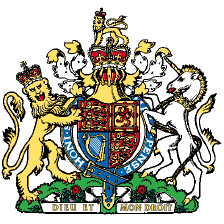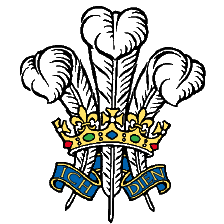Further to our blog last month we are pleased to announce that all of our trees now have their carbon storage rating certificates available to view.
If you would like to see these, when you are viewing a specific tree please scroll through the photos on the main image window to get to its carbon rating score.
It’s just as important to pick a tree to suit its location than to select a tree just on its environmental performance. If a tree is selected that is not compatible with its surroundings then its environmental attributes can never be met!
For example, we have seen an advert doing the rounds suggesting that planting a Sequoiadendron giganteum (Giant Redwood) is the answer to carbon offsetting. It is true that this tree is a massive hitter in terms of carbon storage and lives to over 3,000 years, but it isn’t the solution to plant in most of our back gardens!
An important factor in choosing a tree is to make sure it can thrive unmolested through to maturity so picking a tree that doesn’t outgrow its space is key. Also, Giant Redwoods are great trees and certainly have their place in the planting mix but they don’t support much of our wildlife that is more dependent on a wider and more diverse range of trees for their foraging year.
Tree diversity is another important consideration as if we all plant the same variety then we are creating a large concentration for a host specific pest or disease to exploit. Dutch Elm disease, Ash Die Back and Oak Processionary Moth have shown us this in the past.
With all this in mind, once you have honed in on the right mix of varieties for your location, you can now select the best trees for carbon storage as well. Every tree is a contributor to lock up carbon within their structures, converting environmentally damaging carbon dioxide that our species is so harmfully emitting.
Written by Mike Glover, Managing Director.
View all Barcham trees
Bulk discount when you buy any mix of 10 trees or more




